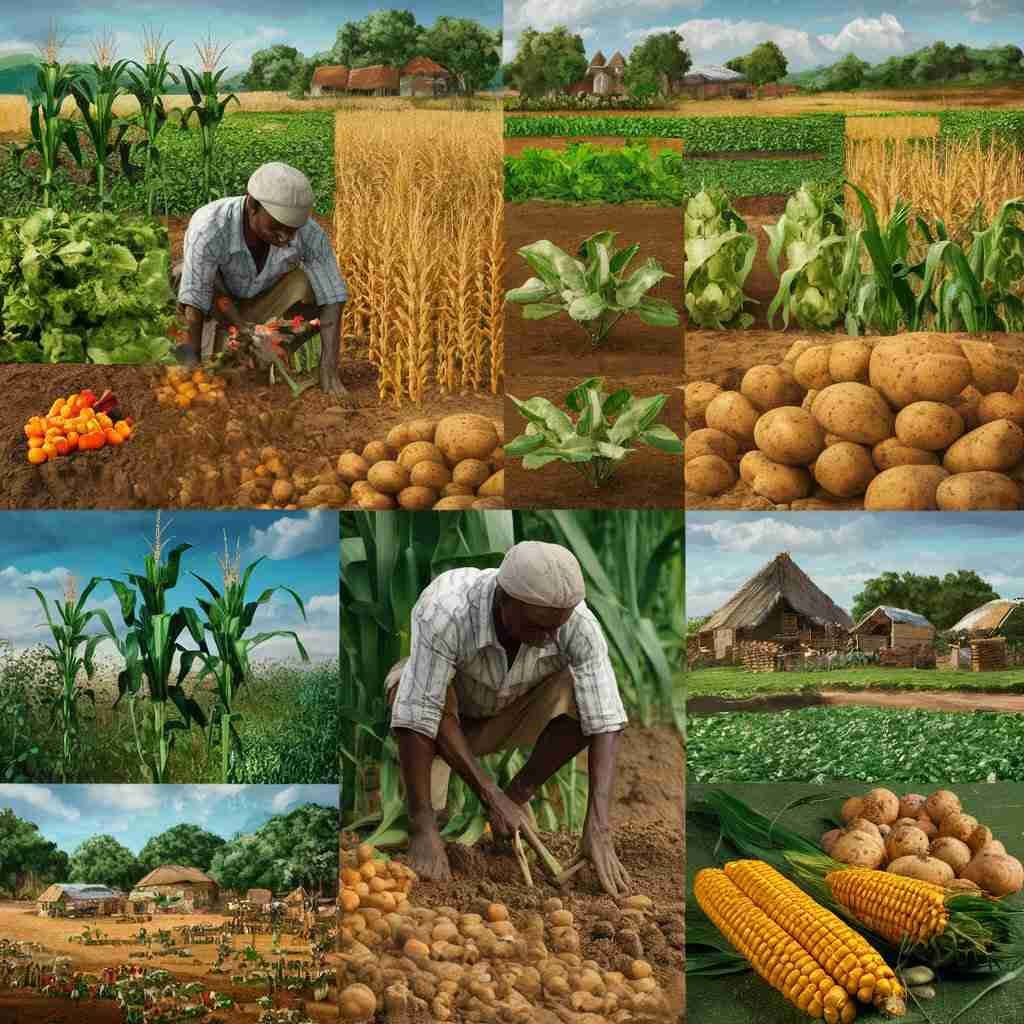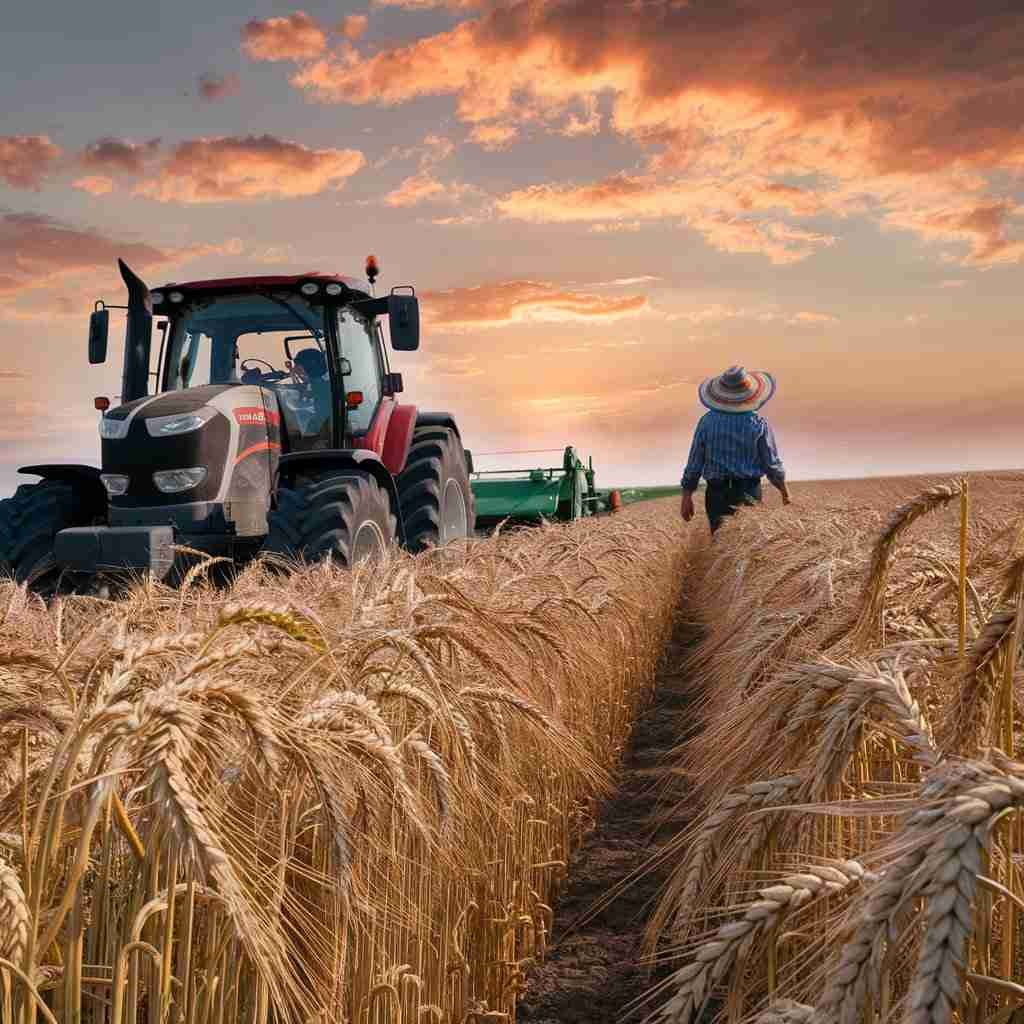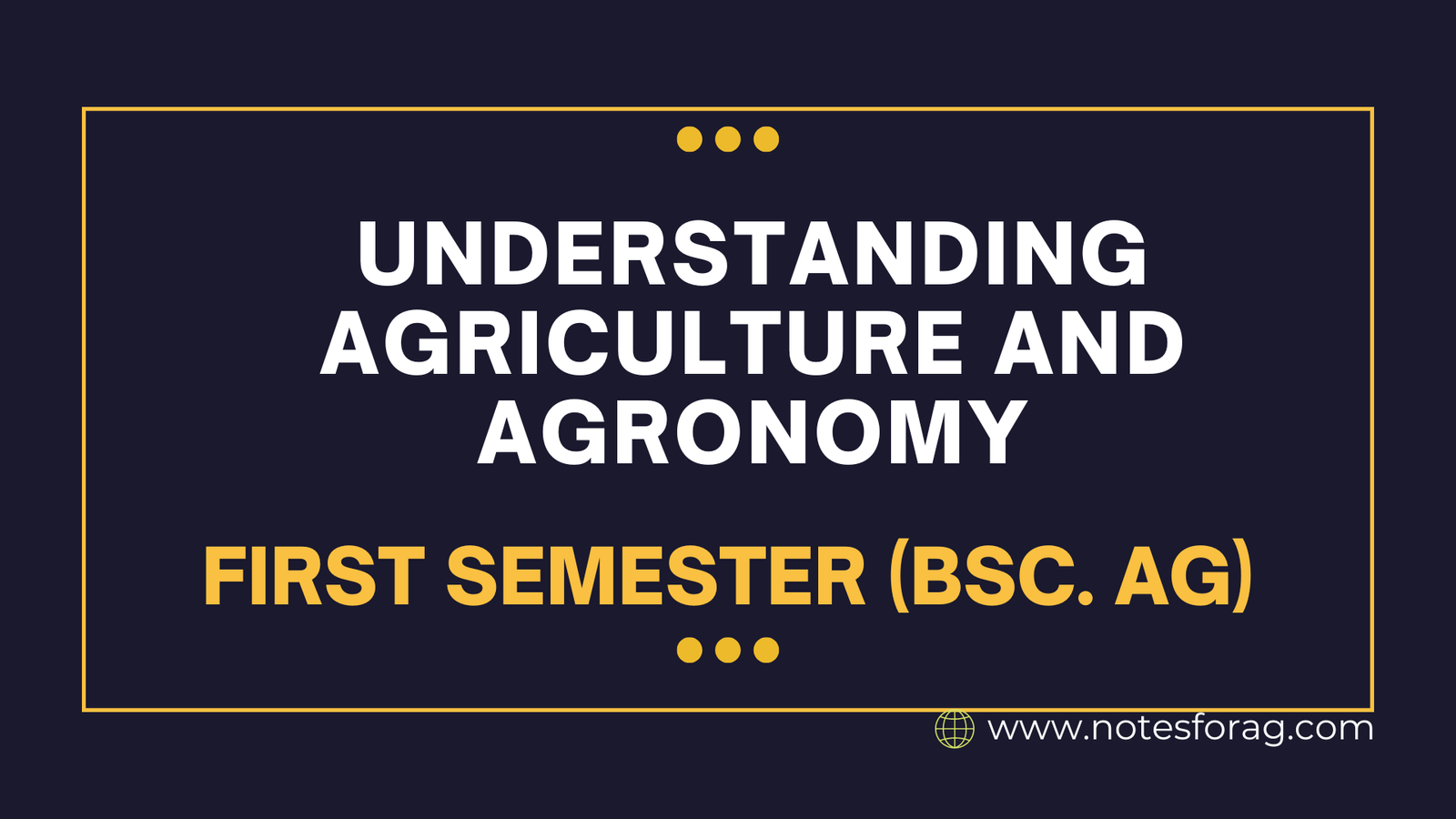Fundamental fields of study such as agriculture and agronomy are concerned with the theory, practice, and administration of growing crops and rearing cattle for food, fiber, fuel, and other purposes. Farming operations such as agricultural cultivation, animal husbandry, and agribusiness are all included in the wide category of agriculture. In order to maximize yields and sustainability, agronomy, a branch of agriculture, focuses specifically on crop production and soil management. By addressing issues like food security, environmental preservation, and economic development, agriculture and agronomy areas work together to serve a critical role in feeding and supporting communities around the world.
Table of Contents
Defining Agriculture and Agronomy
Fundamentally, agriculture is the cultivation of land, the raising of livestock, and the production of food, fiber, medicinal plants, and other goods necessary to support and improve human life. One of the most basic and ancient human endeavors, it is intricately linked to the rise of civilizations. The introduction of agriculture brought about a dramatic change from nomadic to sedentary lives, allowing for population expansion and the development of sophisticated societies.
Within agriculture, agronomy is a specialist field that deals with the science and technology of producing and using plants for food, fuel, fiber, and land restoration. Among the many fields that fall under the umbrella of agronomy are soil science, crop science, and agricultural system management. In order to maximize crop productivity, soil science focuses on comprehending the fertility and characteristics of the soil. In order to increase crop productivity and quality, crop science studies plant breeding, genetics, and physiology. Furthermore, the management of agricultural systems incorporates many techniques to improve farming operations’ sustainability and efficiency.
The fields of agronomy and agriculture are still developing today, tackling issues like soil erosion, climate change, and the demand for sustainable farming methods. These sectors continue to play a critical role in guaranteeing food security and encouraging environmental stewardship for future generations by fusing cutting-edge technologies and scientific study.
Types of Agriculture: Subsistence vs. Commercial
Subsistence Agriculture:

The primary characteristic of subsistence agriculture is its emphasis on meeting the needs of the farmer and their family right away. Most of the produce grown is consumed by the farming household, and the main goal of subsistence farming is self-sufficiency. Subsistence agriculture is mainly carried out on small-scale family farms, where access to modern technology is often restricted and traditional farming techniques are utilized. Subsistence farmers grow food, housing, and clothing to meet their basic requirements instead of producing excess to sell in markets. In rural developing nations, where agriculture serves as the main source of income for many people, this kind of agriculture is prevalent.
Commercial Agriculture:

Contrarily, commercial agriculture is motivated by market-oriented production and financial gain. Producing items for local, national, or international markets is the primary goal of commercial farming. Compared to subsistence farming, commercial agriculture is carried out on a bigger scale and frequently involves huge farms or agribusinesses. Commercial agriculture, in contrast to subsistence farming, mostly depends on contemporary farming techniques, equipment, and technology to maximize yields and efficiency. Market sales of excess food bring in large sums of money for farmers and boost the national economy. Both rich and developing nations engage in commercial agriculture, with industrial-scale farms, plantations, and major commercial enterprises playing crucial roles in the world’s food supply chains and production of food.
The Green Revolution: A Turning Point in Agriculture
Beginning in the middle of the 20th century, the Green Revolution signaled a turning point in the history of agriculture. High-yielding variety (HYV) seeds were developed and widely used during this transformative period, greatly increasing crop productivity. These seeds, which were frequently modified to be more pest and disease resistant, were essential in expanding the available food supply. By giving crops vital nutrients and shielding them from pests and diseases, the application of chemical fertilizers and pesticides increased crop yields even further.
Another important aspect of the Green Revolution was the use of sophisticated irrigation methods. Thanks to these advancements, farmers were able to cultivate crops in formerly arid places by using water more efficiently. HYV seeds, chemical inputs, and enhanced irrigation systems worked together to produce agricultural production never seen before.
A major force behind the Green Revolution was Norman Borlaug, who is frequently hailed as its founder. Crop yields were greatly increased by his efforts in creating and promoting HYV wheat varieties, especially in nations like Pakistan, India, and Mexico. The Green Revolution’s worldwide influence was highlighted in 1970 when Borlaug’s efforts brought him the Nobel Peace Prize.

The Green Revolution was not without its difficulties and detractors, though. Degradation of the ecosystem resulted from the heavy use of chemical pesticides and fertilizers, which also contaminated the water and reduced biodiversity. Furthermore, local farmers were frequently left out of the spotlight due to their inability to compete with their more industrialized rivals due to the emphasis on large-scale farming methods. This change exacerbated socioeconomic inequality and resulted in the exodus of rural inhabitants.
The practices of the Green Revolution’s long-term sustainability are still up for discussion. More sustainable and equitable agricultural techniques have been called for, despite the obvious short-term gains in terms of food production and security being outweighed by the costs to the environment and society. Maintaining an equilibrium between productivity, environmental responsibility, and social justice is crucial as agronomy progresses.
Future Trends in Agriculture and Agronomy
Technology innovation, the urgent need to adapt to climate change, and sustainable practices are coming together to determine the future of agronomy and agriculture. The need for sustainable agricultural practices is growing as we look to the future. Regenerative agriculture, agroecology, and organic farming are becoming more popular because they support ecological balance, biodiversity, and healthy soil. These techniques guarantee long-term productivity and sustainability in addition to strengthening the resilience of farming systems.
Technological developments are about to completely transform the agriculture industry. Precision agriculture, for example, maximizes field-level management in crop growing by utilizing data analytics, GPS, and Internet of Things devices. This technology increases crop yields, decreases waste, and makes effective use of resources. Another important field is biotechnology, which provides solutions like genetically engineered crops that are immune to diseases and pests, which lessens the need for chemical inputs. Furthermore, artificial intelligence is progressing significantly in the field of agriculture. Its uses range from automation in machinery to predictive analytics for crop management, all of which increase productivity and efficiency.
Providing food security for the world’s expanding population continues to be a major challenge. Creating resilient and sustainable agricultural systems can be achieved through fusing traditional knowledge with cutting-edge scientific methods. Generations of experience has refined traditional methods, which offer important insights into resource management and regional ecosystems. These methods, when paired with contemporary science, can improve agricultural sustainability and guarantee that we can satisfy our food demands without jeopardizing the ability of future generations to meet theirs.
Frequently Asked Question(FAQ)
What is agriculture?
Agriculture is the science, practice, and management of cultivating crops and raising livestock for food, fiber, fuel, and other resources.
What is the difference between agriculture and agronomy?
While the term “agriculture” refers to farming and the raising of livestock in general, “agronomy” focuses primarily on crop production and soil management methods.
Related Articles

